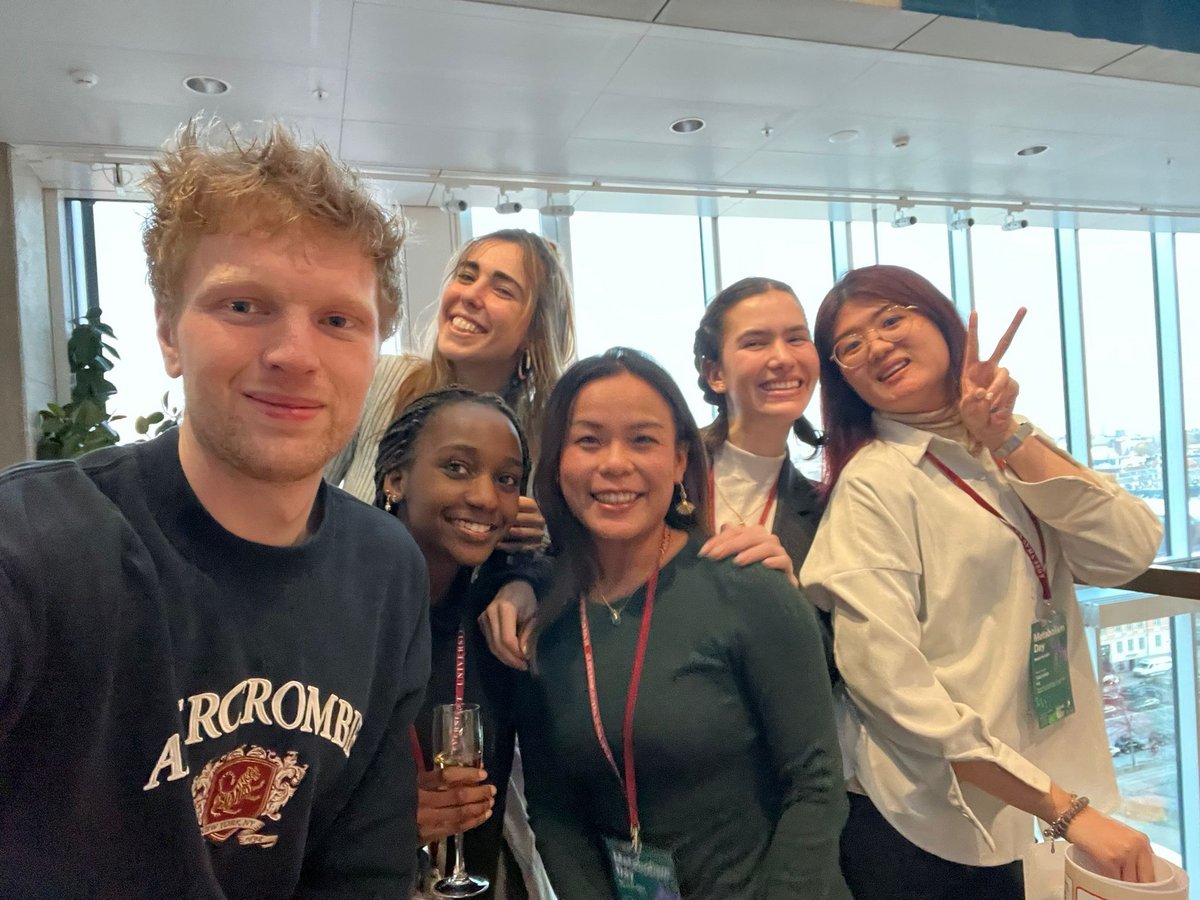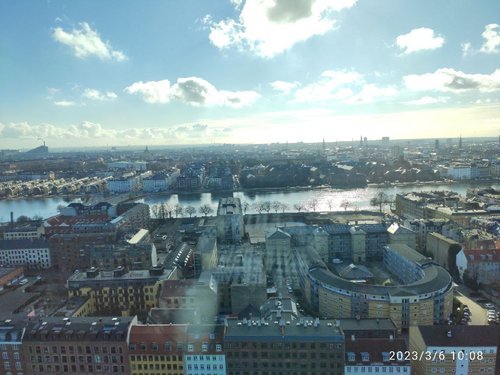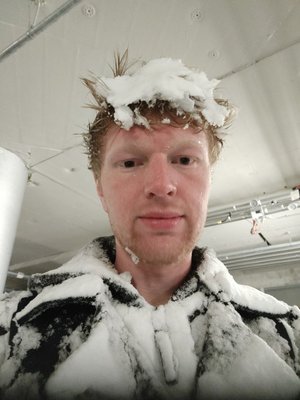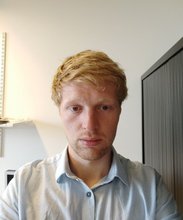My time in Denmark
In our previous blog post, we had the pleasure of reading about three PIG-PARADIGM ECRs from Aarhus University who participated in a one-week summer course at Wageningen University & Research.
In this latest blog, we invite you to delve into the 4-month exchange journey of another ECR, Mike Loomans. PIG-PARADIGM places great emphasis on encouraging and supporting young researchers to engage in such exchanges, fostering the acquisition of valuable skills and knowledge across pillars and institutions.
Mike's story once again underscores our commitment to nurturing the next generation of research talent and exemplifies the collaborative spirit at the heart of our project.

By Mike Loomans
Before I graduated I had secured a position as a PhD student at Wageningen University and Research in the Systems and Synthetic Biology department with the aim of performing computational analyses in the Data Integration Pillar of the PIG-PARADIGM project. My then thesis supervisor, Jasper Koehorst was part of the PIG-PARADIGM project and suggested I visit the Arumugam group in Copenhagen to gain additional bioinformatics experience.
Thus, on the 1st of March, 2023, I began my internship in Copenhagen where I met Mani Arumugam and his dedicated team of experimentalists and bioinformaticians. My first assignments focused on writing code in snakemake a language frequently used by bioinformaticians for writing analyses based off python. I had previous experience with python and was quickly writing code and helping out. I wrote several scripts for the interpretation of the MINTO metagenomic pipeline regarding differences in microbial populations. Of course, this needs to be rewarded, I went on a spring retreat with the Novo Nordisk Foundation Center for Basic Metabolic Research (CBMR) to Roskilde where we sailed with Viking ships and learned about inclusivity in science. It is worth noting that both the Arumugam group and CBMR as a whole encouraged everyone to be themselves without fear of repercussions.
After the retreat to the Viking city of Roskilde I leveraged my experience with snakemake and previous biology knowledge to develop a viromics pipeline geared towards the analysis of the SHIME system. The SHIME system consists of a set of bioreactors which aims to mimic the human gut. The experiment from which I analyzed data used faecal inoculants and tried to mimic the microbial community in humans. The pipeline I developed used novel tools and advanced programming aspects in which the Arumugam group guided me and served as the topic for my internship report.
If this was not a success I would not be writing this; I graduated with great marks and am grateful for this experience abroad and the people I got to meet.


